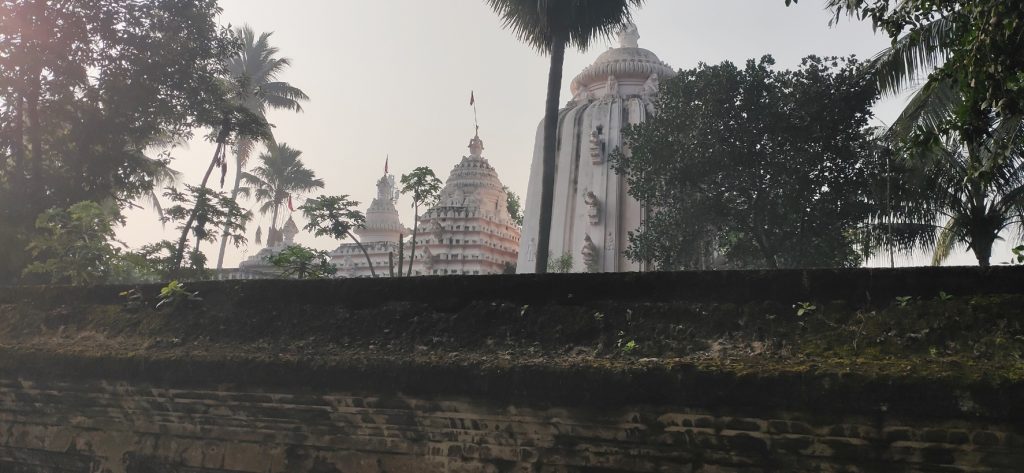Nilagiri: Despite the state government providing substantial grants for the development of religious sites such as monasteries and temples, many historic and culturally significant shrines remain neglected due to administrative apathy. One such example is the ancient temple of Goddess Bhudharchandi at Sajanagarh in Balasore district.
Situated just five kilometres from Nilagiri, the temple, under the management of the Endowment Department, can trace its origin to the rule of the Nilagiri royal dynasty. While there is no conclusive historical documentation regarding its establishment, it is believed that in 1452 AD, King Narayan Basanta Birata Bhujanga Mandhata founded the temple.
Later, during the late 1500s, the temple was attacked and partially vandalised by the invader ‘Kalapahad’. The idol was reportedly hidden under a neem tree to protect it. Eventually, King Ramachandra Mardaraj Harichandan rebuilt the temple following a divine vision.
Also Read: Odisha: Man arrested for ‘duping’ investor with promise of 7% monthly return
Today, this heritage site is in a dilapidated condition. The outer boundary wall of the temple is crumbling, with visible cracks and peeling plaster. Due to long-term neglect, the wall is now covered in moss and blackened layers, with vegetation growing from the cracks.
Despite being a regular destination for devotees and tourists, particularly during festivals, the lack of maintenance of the monument has caused growing discontent among visitors. A public toilet constructed near the temple at considerable government expense is currently defunct and unusable, causing perennial inconvenience to female devotees and tourists.
In 2024, the state government had sanctioned Rs 20 lakh for the renovation of the temple’s boundary wall, and the amount was allocated to the Nilagiri Adivasi Unnayana Sanstha. However, reports suggest that no work has been carried out yet.
When contacted, Karu Soren, project administrator of the integrated tribal development agency, admitted the funds were received 10 months ago. He explained that while estimates had been prepared and a project tender had been floated, a lack of cooperation from the assistant executive engineer had delayed the process. Consequently, a letter had been prepared to return the funds due to inaction.
Temple head priest Bijay Kumar Panda expressed his frustration, stating that while the government has been proactive in restoring many other temples and monasteries, the indifferent attitude of certain offi cials has stalled progress in this case. Local residents have strongly demanded immediate administrative intervention to ensure restoration efforts begin without further delay.
PNN
